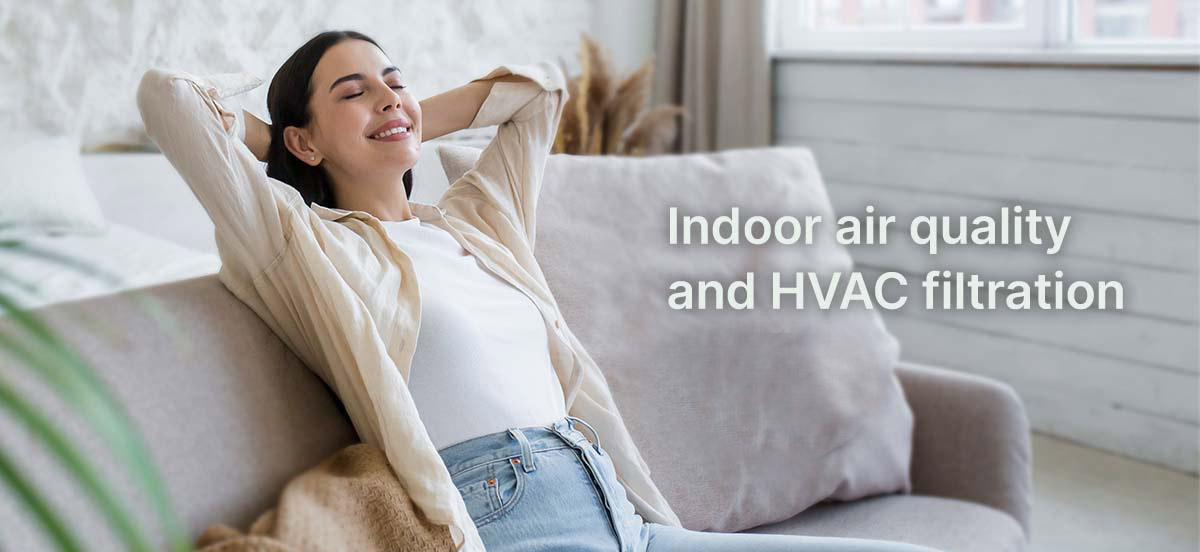C-622 1st Floor, DDA Flat, Pocket 11, Jasola Vihar, Delhi - 110025 (Iqra Masjid)
Call Us : +91-9911107043
interested in Contact Us? Mail Us Now
interested in Contact Us? Mail Us Now

Absolutely, modern "tight" building construction, aimed at energy efficiency, can inadvertently lead to the trapping of indoor pollutants, making indoor air quality a significant concern. According to the Environmental Protection Agency (EPA), the air inside homes and buildings can often be more polluted than the outdoor air. Given that people spend about 90% of their time indoors, the health risks associated with indoor pollutants can be greater than those from outdoor sources.
Poor indoor air quality can lead to various health issues, such as dizziness, headaches, and exacerbation of allergies and asthma symptoms. To address this problem and ensure a healthier indoor environment, several measures can be taken:
Combining these measures can significantly improve indoor air quality and create a more comfortable and healthier living or working environment. Regular maintenance of ventilation systems and filters is essential to ensure their effectiveness in capturing and removing pollutants.
Educating occupants about indoor air quality and promoting good ventilation practices can also contribute to a healthier indoor environment. Properly designed and implemented measures can help strike a balance between energy efficiency and maintaining excellent indoor air quality, benefiting the well-being of occupants and the overall sustainability of buildings.